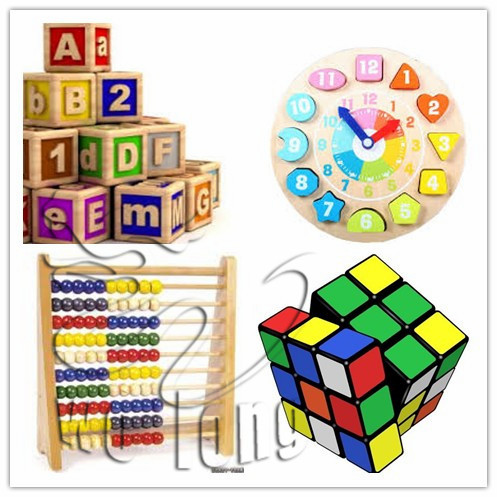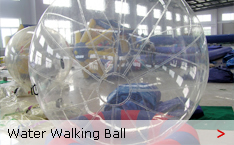News
- Educational toySource: By:wl-inflatable Posted:02-17-2014 Views:
Toys may be used for a number of educational purposes. Some toys have incidental educational value, while others are known specifically by the moniker of "educational toys." Educational toys are typically built for and used by children. One could make the argument that an educational toy is actually any toy. Most children are constantly interacting with and learning about the world. This definition is ultimately too broad because one could make the same argument about a rock or a stick as it is not uncommon to see a child play with almost anything nearby.

The difference lies in the child's perception or reality of the toy's value. An educational toy should educate. It should instruct, promote intellectuality, emotional or physical development. An educational toy can teach a child about a particular subject or can help a child develop a particular skill. The key difference is the child's learning and development associated with interacting with the toy.
More toys are designed with the child's education and development in mind today than ever before. As parents and educators grow more sensitive to the real or perceived development needs of children, toy manufacturers seek to manufacture and market to these parents.
Wooden toys which tend to last for a long time serve to maintain interest and durability for the child especially if the toy becomes a favorite.
Educational toys claim to enhance intellectual, social, emotional, and/or physical development. Educational toys are thus designed to encourage reasonable development milestones within appropriate age groups. For preschool age youngsters, simple wooden blocks might be a good starting point for a child to begin to understand causal relationships, basic principles of science (e.g. if a block falls from the top of a structure, it will fall until a surface stops its fall), and develop patience and rudimentary hand-eye coordination. For a child moving towards elementary school, other, more sophisticated manipulatives might further aid the development of these skills. Interlocking manipulative toys like Lego or puzzles challenge the child to improve hand-eye coordination, patience, and an understanding of spatial relationships. Finally, a child in elementary school might use very sophisticated construction sets that include moving parts, motors and others to help further understand the complex workings of the world. Importantly, the educational value derived by the child increases when the educational toy is age appropriate.
- Previous:Keep the Fun Momentum with Trampoline
- Next:Inflatable Tents





